Turning thrifting into a business
Julia Florentino creates her own unique style and finds pieces to sell at thrift stores
Thrift stores, packed tightly with racks and racks of musty old clothing, all holding the potential to be someone’s lucky find, are where Julia Florentino spends a majority of her time. On the lookout for vintage pieces that catch her eye, Julia spends hours searching through every section of the thrift store, finding clothing she can add to her growing wardrobe or sell on her online Depop shop.
Starting a few months into the Covid-19 crisis, Julia developed an interest in fashion, spending a majority of her free time thrift shopping at her local Goodwill stores and styling different pieces of clothing in her closet. Discovering her new fashion style, Julia looked to Depop, a fashion marketplace app to buy and sell clothes, to get rid of old clothes that she knew others could get more use out of. “I sold my first item within hours of posting it and it gave me motivation to continue selling,” Julia said.
Months have gone by, and Julia has sold countless pieces of clothing, whether it be clothes she no longer wears, thrifted clothes, or even items her family asks her to sell for them. “When my brother moved out for college, he had about 15 pairs of shoes he no longer wore, and I sold them all,” she said.
One of Julia’s favorite pieces she has sold on Depop was a thrifted pair of black platform sandals. Although they were not her size, she insisted on buying them from Goodwill anyways, and selling them on Depop for someone else to enjoy.
With hundreds of Depop sellers pricing their vintage items at very high prices, Julia focuses on selling her thrifted finds at low and reasonable prices, allowing people to enjoy her clothes without spending a considerable amount for them. “I charge a lot less on my clothes to draw more attraction to my shop and for good reviews as well,” she said.
Thrift shopping has gained more and more popularity from people of all ages, allowing an affordable and sustainable option to find second-hand gems. Apart from the fact that thrift shopping and re-selling clothes on apps such as Depop have become more and more popular in the recent years, with social media turning it into a “trend”, it is an extremely sustainable and eco-friendly option as well.
Fast-fashion retail stores, such as Shein and Forever 21, sell cheaply-made clothing to fit the fashion trends of a particular moment– which quickly disappear–leading to millions of pieces of clothing produced by these companies being disposed of. According to wbur.org, fossil fuels make up around 60% of synthetic fabrics, and 85% of that material “will end up in landfills, where it won’t decay and decompose.”
Thrift stores are an eco-friendly option, which not only allow for the opportunity to find hidden treasures that are unique and one-of-a-kind, but each piece of clothing can serve useful for countless people, fluctuating in and out of people’s wardrobes and thrift stores.
Julia has not only turned away from basic retail stores and begun shopping at thrift stores as it is more sustainable and eco-friendly, but also because it exposes her to a wider selection of clothes, allowing her to express herself and develop her current fashion inspiration, being “early 2000’s”. “Since thrifting, my wardrobe is full of so many different pieces of clothing, with patterns and colors that I wouldn’t have chosen normally if I hadn’t found them at the thrift store,” Julia said.
On the hunt for the perfect pair of low waisted pants or pastel-colored satin tops, Julia has developed a good eye when rummaging through the racks at a thrift store. “I look through pretty much everything,” Julia said. “The best pieces of clothing are normally hidden in places you’d never think to look.”
Like many fashion designers who have looked to the street for inspiration to create their new season clothing line, Julia is reimagining and reinterpreting clothes she finds in thrift stores, by putting together creative outfits or selling on her Depop shop.
Julia’s keen eye and eclectic fashion sense, as well as her entrepreneurial approach to vintage resale, are examples of the old saying that, “one man’s trash is another man’s treasure.”






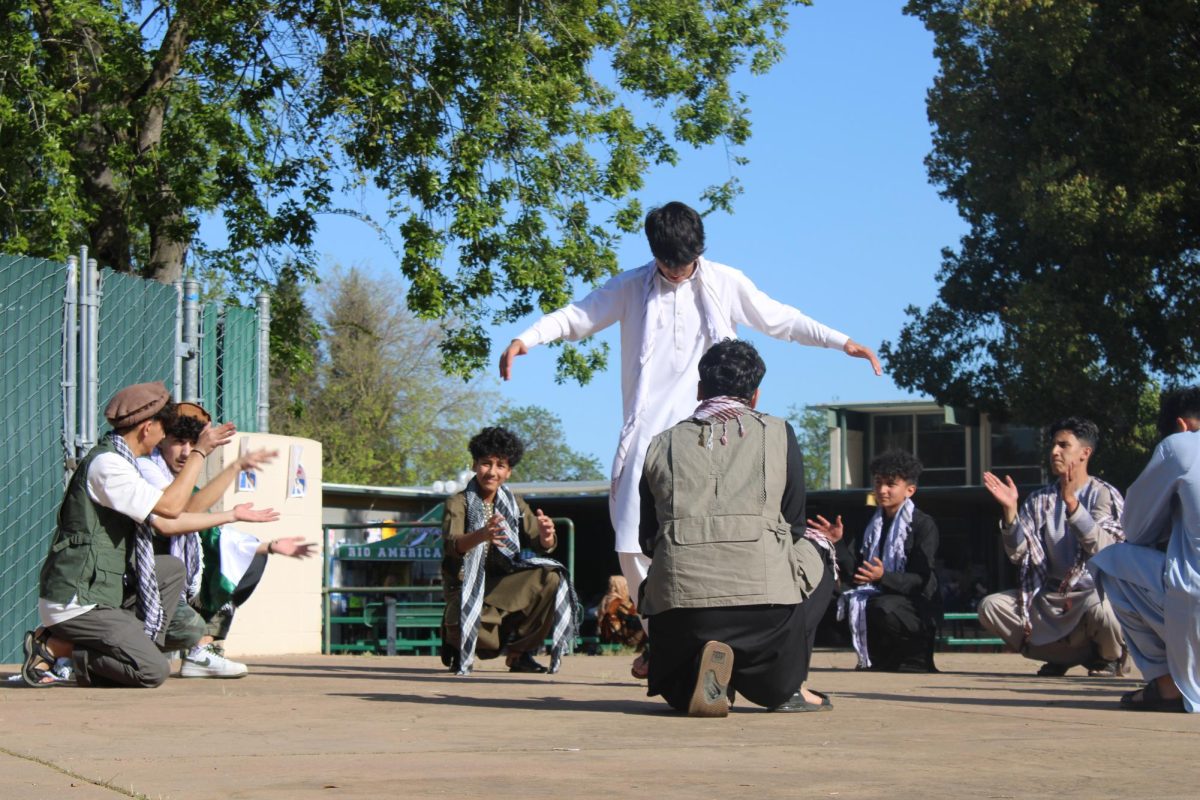
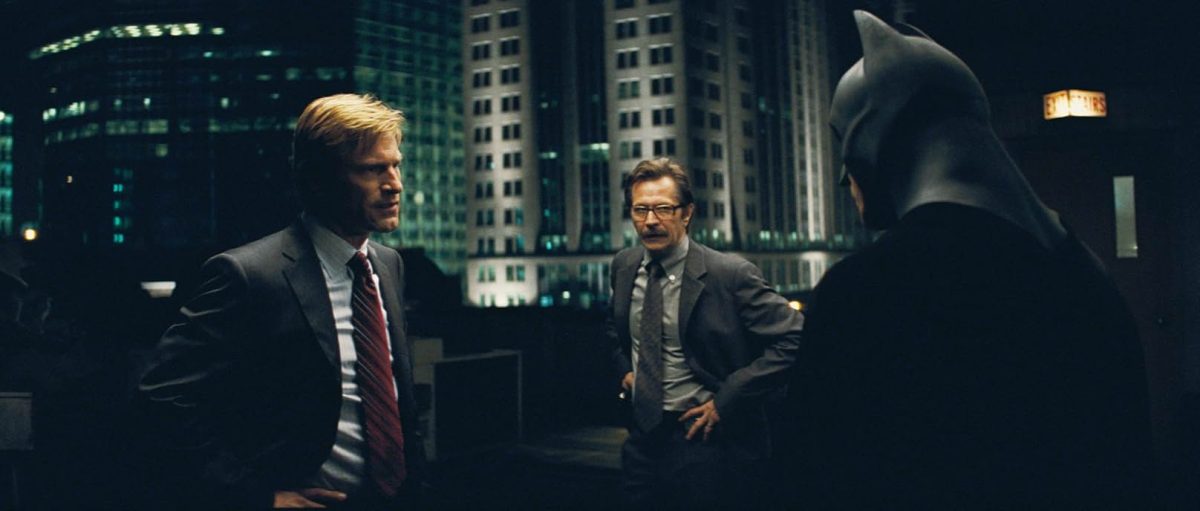





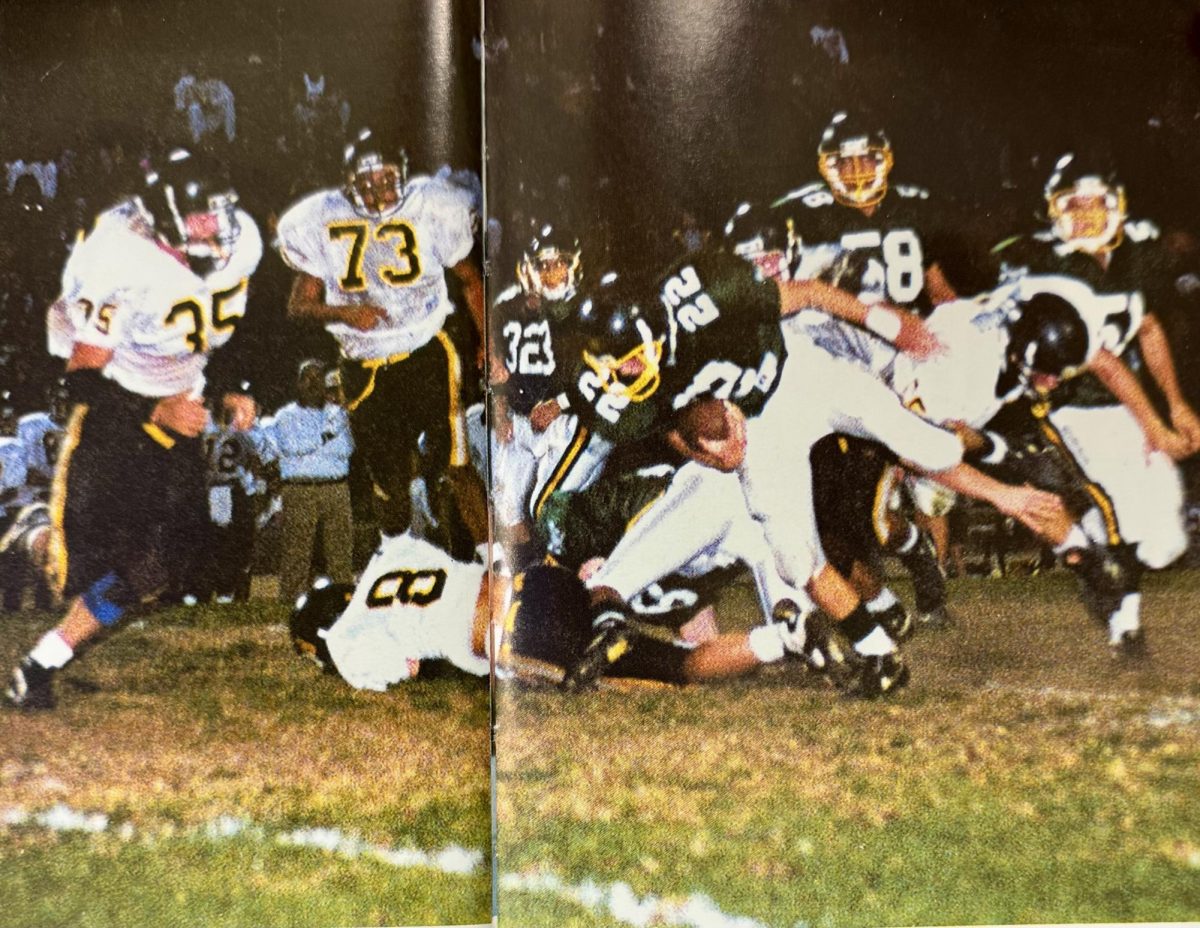













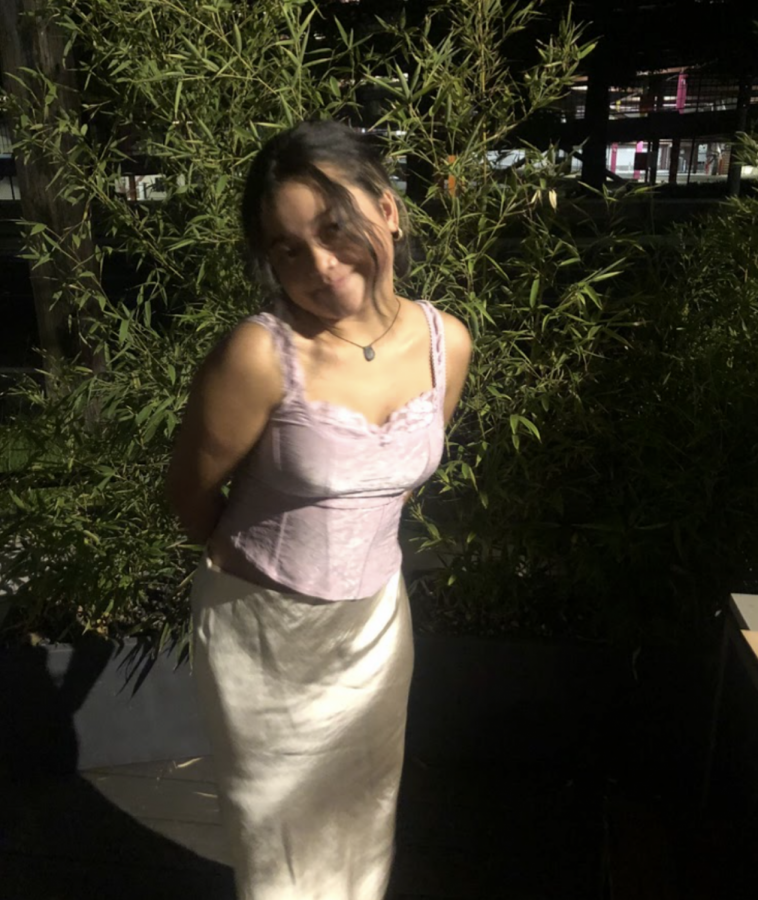



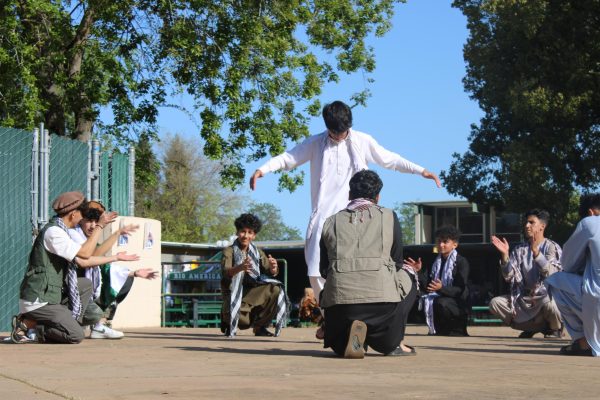
Jolie • May 31, 2021 at 11:05 AM
I really agree with her perspective on fast fashion. I also really like how she’s actively doing something to reduce her carbon footprint!
Natalia • May 30, 2021 at 9:47 PM
This is great! Definitely better than fast fashion.
Emma Sandow • May 24, 2021 at 7:11 PM
I agree that this is better than fast fashion and i think it can help people discover new styles.
Nora • May 23, 2021 at 9:50 PM
Great article! I think it’s super cool that she’s pricing her items at a reasonable price unlike a lot of other depop sellers.
Maribel • May 23, 2021 at 6:32 PM
Wow, not only does she reduce her carbon footprint but also the buyer as well. Also a good job for the busy life of a busy teenager.
Abby O'Brien • May 21, 2021 at 2:28 PM
I’m so glad Julia is focusing on selling clothes for a reasonable price! This seems like a very fun hobby, and it is also sustainable compared to fast fashion which is even better.
Amelia • May 20, 2021 at 8:56 PM
This was great. I love that you are educating others on how sustainable thrifting is, in comparison to fast fashion which is currently consuming most of the fashion industry. It’s truly amazing how we can find ways to recycle clothing items and thrift flip clothing pieces to make them truly one of a kind. This is very informative and inspiring.